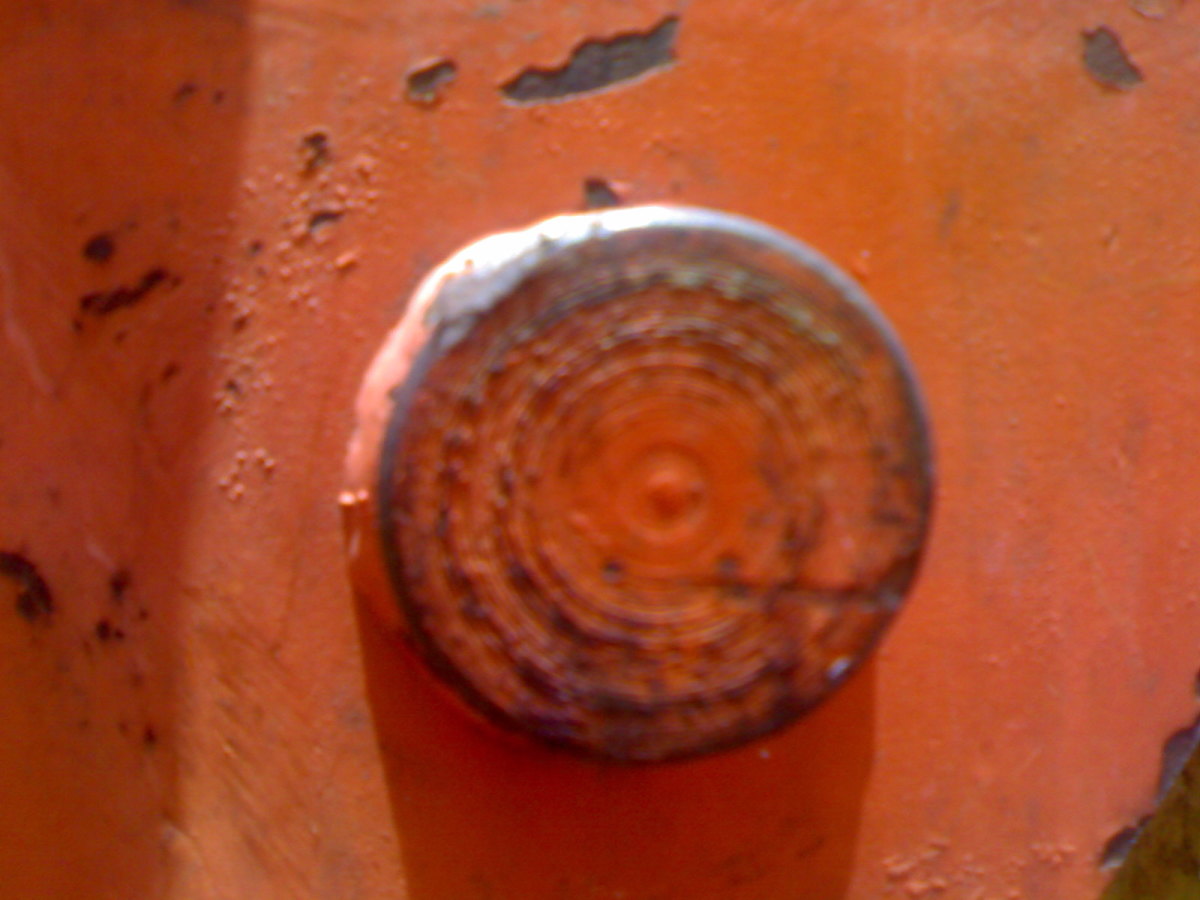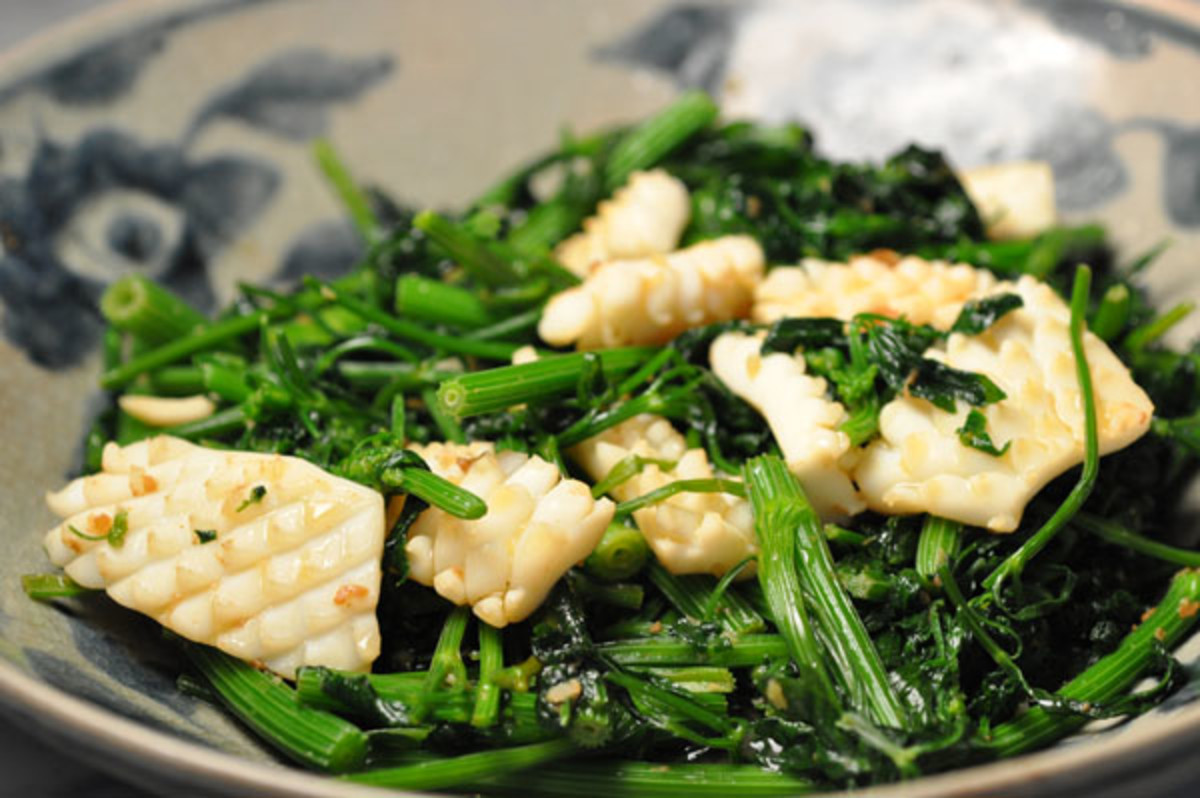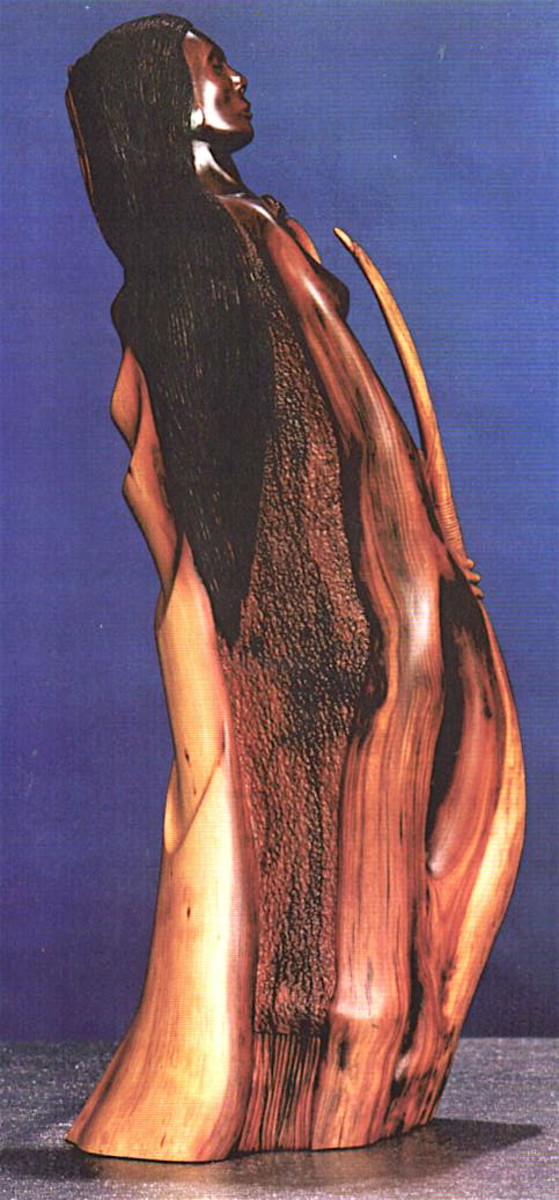Woodworking Properties of Ash
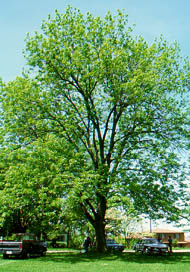
American Ash - Fraxinus spp.
Sixteen species of Fraxinus are known to occur in North America. They are all sold as ash but it is common to practice to distinguish the timber of F. nigra, brown or black ash, from that of the remaining species, known collectively as white ash.
The most important species of commercial white ash (F. Americana), which comes principally from New England and the Middle Atlantic and Central States, and green ash (F. pennysylvania) from the southern states and Mississippi Valley.
Seasoning
The timber seasons fairly rapidly without much tendency to split of check, but is inclined to distort unless the kiln temperature is kept low. Severe end splits sometimes occur. Kiln seasoned ash which may have shrunk excessively or become distorted has been found to respond well to reconditioning treatment i.e. a high temperature steaming treatment applied to the dried timber.
Kiln schedule D has proved satisfactorily.
The Timber - General Description
The wood is white to light brown in color, turning pink temporarily when freshly cut; sapwood and heartwood re not as a rule as sharply defined but trees are occasionally found to contain an irregular, dark brown or black heart, which is not necessarily associated with decay. Ash is typically straight grained and the structure is ring porous; the contrast between porous springwood and dense summerwood producing a figure in plain sawn timber or rotary cut veneer which is sufficiently pronounced to be of decorative value.
Depending on conditions of growth ash is subject to be considerable variation in weight, from 32-52 lb/cu. ft, seasoned, with an average of about 43 lb/cu. ft. the average green weight is about 52 lb/cu. ft at 46% moisture content.
The Tree
Ash reaches a height of 100-400 ft in favorable situations and a diameter of 2-5 ft. when grown in the open the bole averages 30 ft in length but clear boles of 50 ft can be obtained in plantations. It grows best on deep, moist, loamy soils and often occurs on calcareous formations. It is found in mixed woodlands and also in hedgerows. It occurs throughout Europe, including Britain, south of about 60° N; and in North Africa and western Asia.
Commercial white ash is similar to appearance to the European timber but is, on the average, a little less dense, about 41 lb/cu. ft, seasoned. Such properties as rate of growth, texture and weight are very variable and it is the practice of American shippers to separate ‘tough ash’ from the ‘soft ash’. The better grades of tough ash are suitable for many of the same purposes as well grown European ash and are widely used in normal times by automobile and agricultural independent industries. Soft ash, by comparison, has inferior mechanical properties and is not usually acceptable for the handles of striking tools or for the stressed parts of wooden structures. It is used for cabinet work or interior joinery, for which purposes it is preferred because of its milder nature.
Black or brown ash has a grayish brown to brown heartwood, darker than that of white ash. It is on average, less dense, about 34 lb/cu. ft, seasoned.
Tests on commercial American ash have indicated that considerable variation in bending properties is likely to be encountered. It is considered to be inferior for steam bounding purposes to ash grown in the British Isles.
European Ash - Fraxinus excelsior
Other Names - English Ash, Polish Ash, French Ash, Slovenian Ash, according to origin
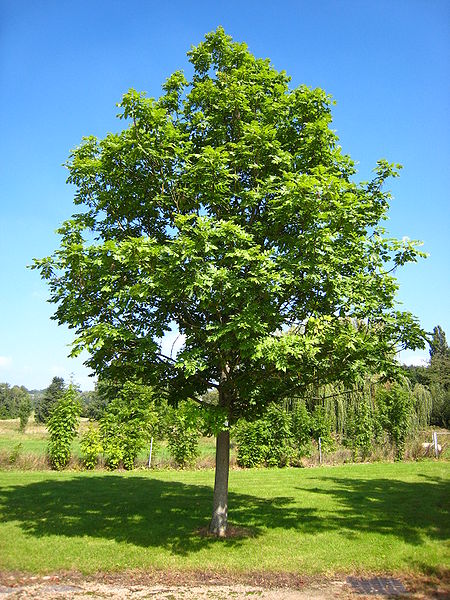
The Tree
Ash reaches a height of 100-400 ft in favorable situations and a diameter of 2-5 ft. when grown in the open the bole averages 30 ft in length but clear boles of 50 ft can be obtained in plantations.
It grows best on deep, moist, loamy soils and often occurs on calcareous formations.
It is found in mixed woodlands and also in hedgerows. It occurs throughout Europe, including Britain, south of about 60° N; and in North Africa and western Asia.
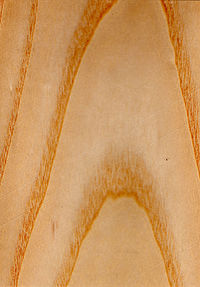
The Timber - General Description
The wood is white to light brown in color, turning pink temporarily when freshly cut; sapwood and heartwood re not as a rule as sharply defined but trees are occasionally found to contain an irregular, dark brown or black heart, which is not necessarily associated with decay.
Ash is typically straight grained and the structure is ring porous; the contrast between porous springwood and dense summerwood producing a figure in plain sawn timber or rotary cut veneer which is sufficiently pronounced to be of decorative value.
Depending on conditions of growth ash is subject to be considerable variation in weight, from 32-52 lb/cu. ft, seasoned, with an average of about 43 lb/cu. ft. the average green weight is about 52 lb/cu. ft at 46% moisture content.
Seasoning
The timber seasons fairly rapidly without much tendency to split of check, but is inclined to distort unless the kiln temperature is kept low. Severe end splits sometimes occur. Kiln seasoned ash which may have shrunk excessively or become distorted has been found to respond well to reconditioning treatment i.e. a high temperature steaming treatment applied to the dried timber.
Kiln schedule D has proved satisfactorily.
Shrinkage
Green to 12% moisture content
| |
Tangential
| about 7/8 in./ft or 7.0%
|
Radial
| about 9/16 in./ft or 4.5%
|
Movement
Moisture content in 90% humidity
| 20%
|
Moisture content in 60% humidity
| 12.5%
|
Corresponding tangential movement
| 7/32 in./ft or 1.8%
|
Corresponding radial movement
| 5/32 in./ft or 1.3%
|
Classification
| medium movement
|
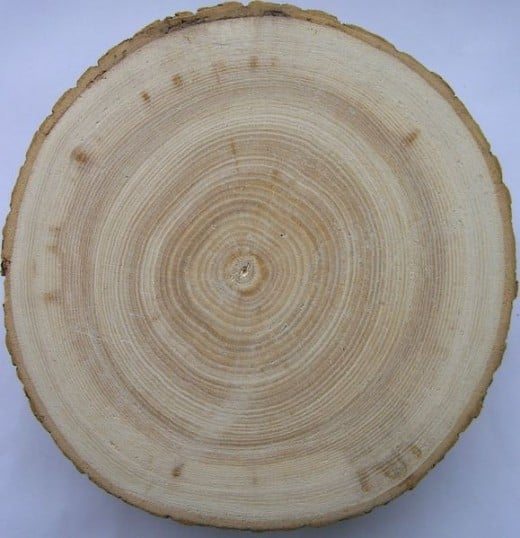
Mechanical Properties
The outstanding property of ash, which makes it so useful for sports goods etc is its toughness, which is probably best indicated by total work in static bending. Among the unseasoned home grown timbers, hornbeam has greater and cherry slightly less toughness than ash, but after seasoning ash takes first place.
In its other strength properties ash may be grouped with oak, being when air dry, about equal to that timber in bending strength and crushing strength along the grain, but also 20% harder an stiffer and processing 70% greater strength to resist splitting in the radial plane (across the rings) and 30% greater in the tangential plane (along the rings).
Wood Bending Properties
Ash is well known for its excellent steam bending properties. These are, however, liable to be adversely affected by irregular grain or the presence of knots, even of very small diameter. There is also some evidence that the trees grown on badly drained soil produce wood that has inferior bending qualities as compared with that obtained from the trees grown on well drained sites.
Classification
| very good
|
For solid bends (steamed)
| |
R/S (supported)
| 2.5
|
R/S (unsupported)
| 12
|
For thin laminae (unsteamed)
| |
R/S
| 38
|
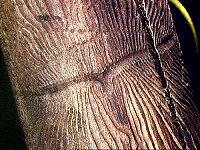
Resistance to Insect Attack
Ash is susceptible to attack by ambrosia (pinhole borer) beetles which may attack the living tree. The bark of ash logs is frequently riddled by tunnels of ash bark beetle, Hylesinus fraxini, but they cause no damage to the timber. The sapwood is liable to attack by powder post beetles (Lyctidae) and by common furniture beetle, Anobium punctaum
Natural Durability - Perishable
Preventative Treatment - Moderately resistant. Material containing ‘black heart’ is resistant.
Working Properties
It has a tendency to bind on the saw when converted in the green condition and young timber occasionally splits lengthwise. There is generally a fair amount of wastage in planning the seasoned slash sawn material owing to distortion in drying. Though a tough timber, it is fairly easy to work in most operations and usually finishes smoothly.
It has only a moderately dulling effect on the cutting edges of tools and does not require any special treatment in machining. The timber gives good result with stain, varnish and polish. Saw type E is recommended. The timber can be glued satisfactorily.
Veneer and Plywood
Ash has been used for plywood manufacture in eastern Europe. In England, veneer is peeled for sports goods.
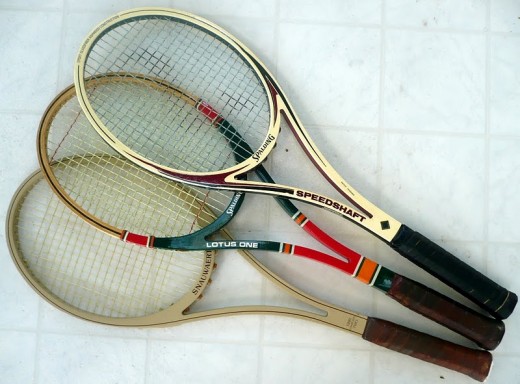
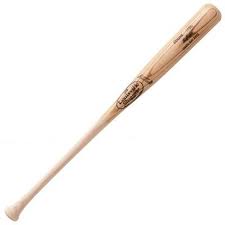
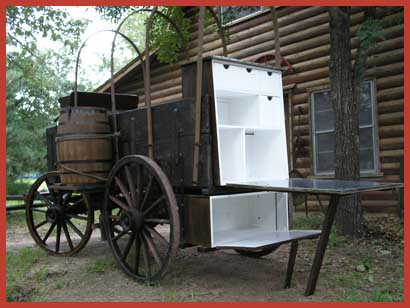
Uses
Ash varies considerably in quality. Good selected ash is considered one of the best bending woods available and with its toughness and flexibility it is one of the best timbers for sports goods, such as tennis and other rackets, hockey sticks and polo heads, gymnasium appliances, e.g. parallel bars, and also for handles of tools such as axes, sledges, and hammers, and for handles of fishing landing nets.
It is employed extensively for agricultural implements, lorry frames and in the wagon and ‘bus building industries for parts where toughness and weight are important. The furniture industry uses ash for both straight and bent parts. ‘where suitable quality is obtainable, ash is preffered to maple for billiard cues / the demand for good ash exceeds the supply, and species of ash other than European are imported to makeup the quantity required.


